Why can’t I access this file?
Possible reasons you cannot access this file:
- Your membership has expired.
- The file is restricted to certain users.
If you are seeing this message in error, please contact us.

Possible reasons you cannot access this file:
If you are seeing this message in error, please contact us.
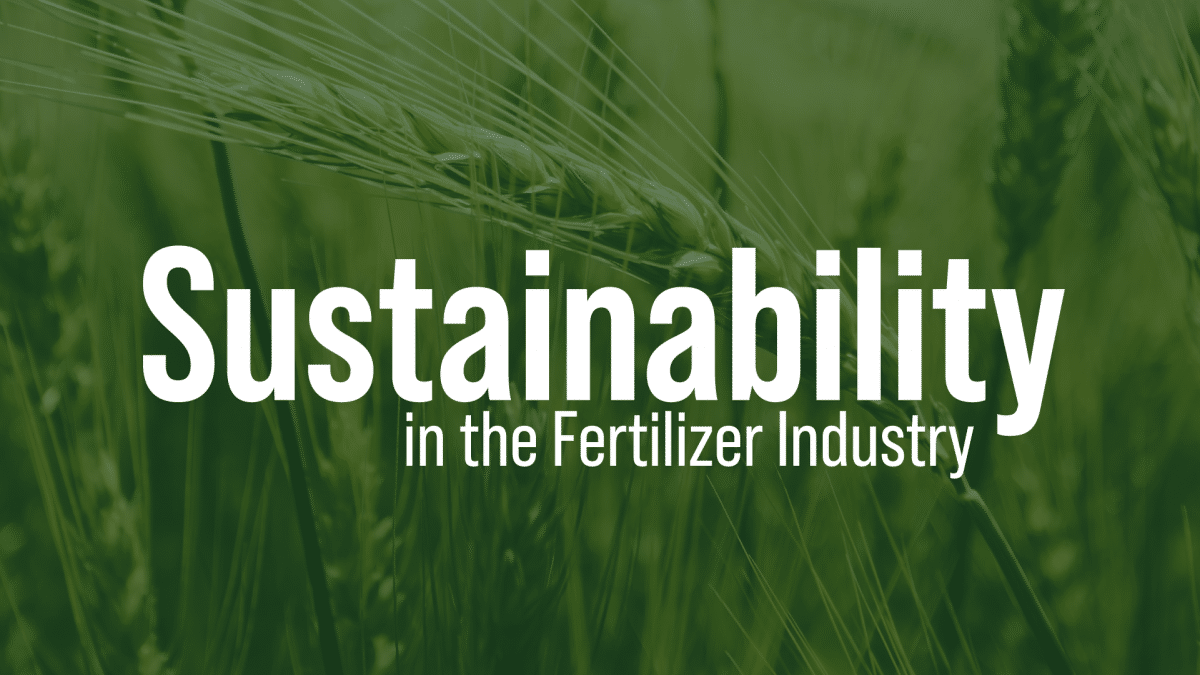
Possible reasons you cannot access this file:
If you are seeing this message in error, please contact us.

Possible reasons you cannot access this file:
If you are seeing this message in error, please contact us.
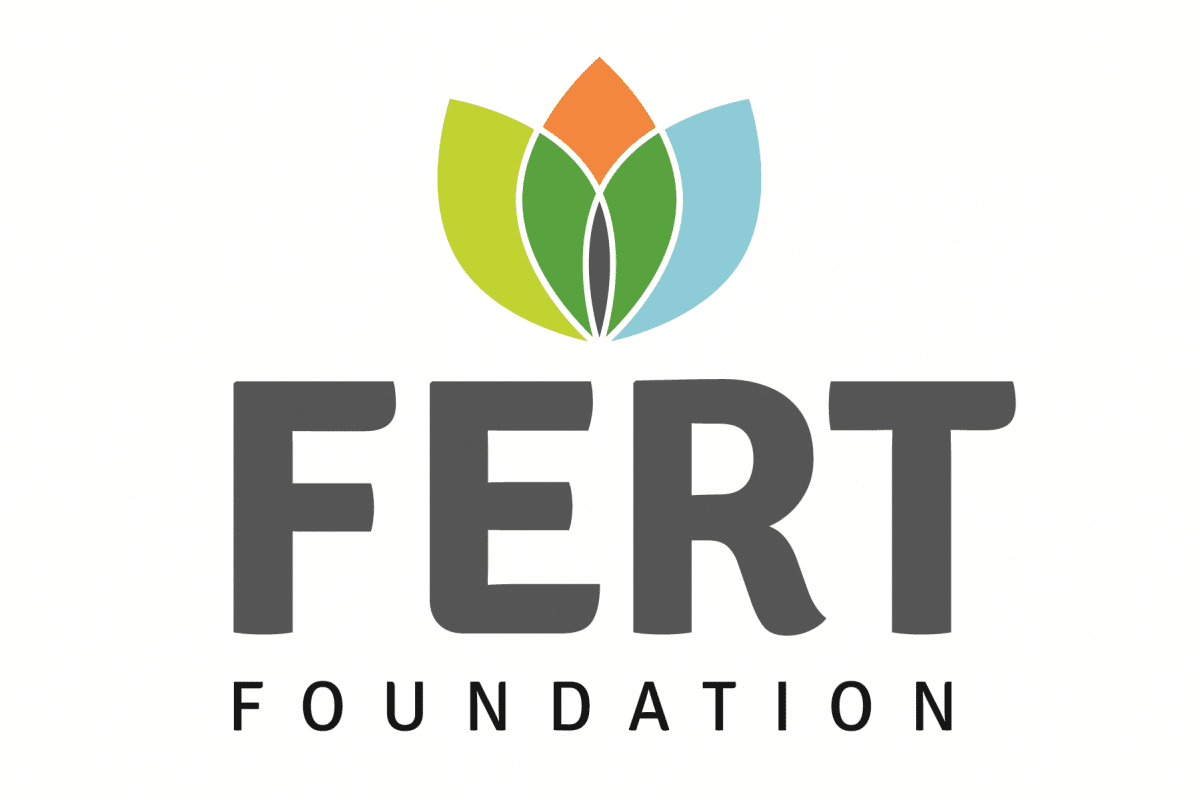
Possible reasons you cannot access this file:
If you are seeing this message in error, please contact us.
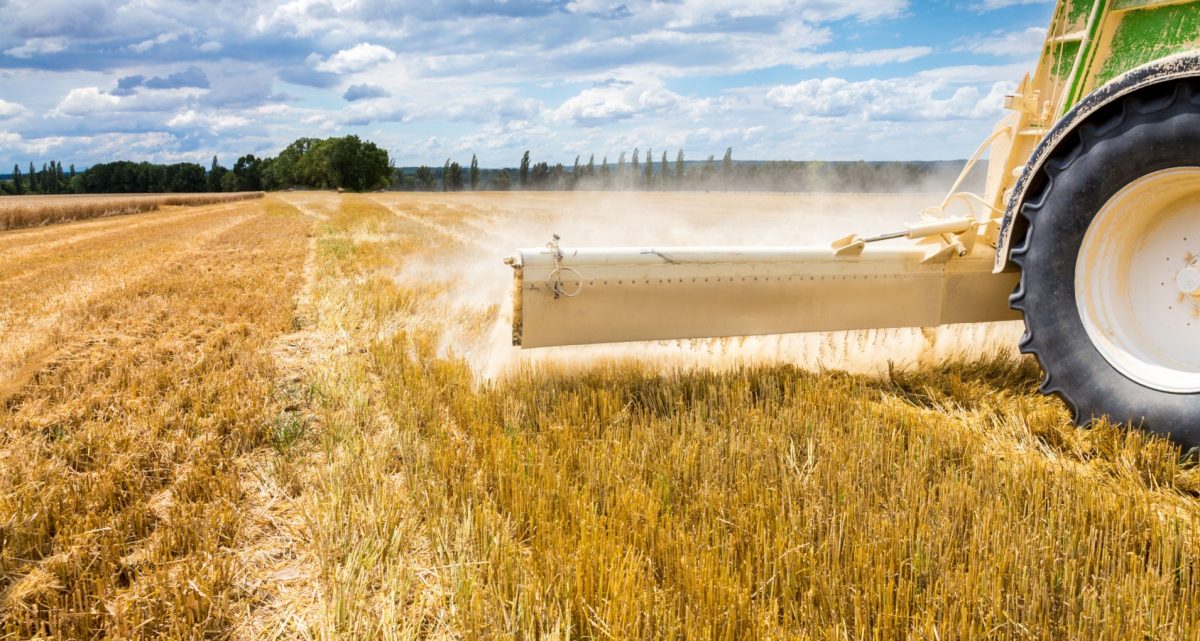

Crops: Alfalfa Almonds Apples Barley Beans (dry) Canola Citrus Clover Corn for grain Corn for silage Cotton Cucumbers Green beans Hay Hazelnuts Hops Mustard Peanuts Pecans Potato Rice Rye Ryegrass Sorghum Soybeans Spinach Strawberries Sugar beets Sugarcane Sweet corn Tart cherry Tobacco Tomato Winter wheat Wheat
4R Practices: Metadata Project
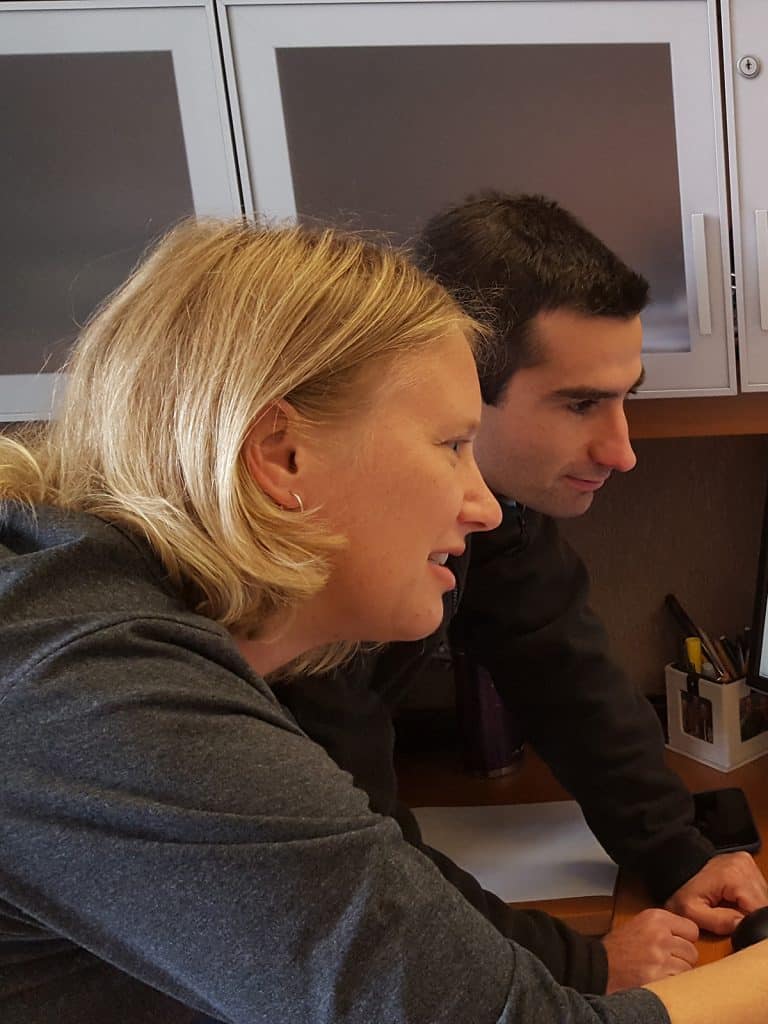
Lead Researcher:
Dr. Alison Eagle
Scientist
Environmental Defense Fund
Start Date: 2014
End Date: 2015
Growing population and consumer demand require that agriculture continue to increase productivity while managing environmental impacts. Efficient farm production and environmental management needs a well-informed and scientifically-based strategy. To do this, the ever- increasing volume of data from agricultural field research must be summarized, assessed, and interpreted. Meta-analysis of experimental data can be used to find overall or widespread benefits of management practices that may be difficult to fully understand with individual research projects, most of which are limited to particular climatic and soil conditions. Policy makers and producers would like to see broader application of practices that can have water or air quality benefits while maintaining or enhancing production. However, accurate scientific information is needed to know how to do this best, where it will work, and how it can be cost- effective.
This project will summarize the results of all five 4R Research Fund supported meta-analysis projects, and detail the databases generated, as well as the potential for linkages between them or with other databases. This summary will allow for a discussion on the implications of 4R nutrient management that go beyond that possible in single research papers or even in the individual meta-analysis projects.

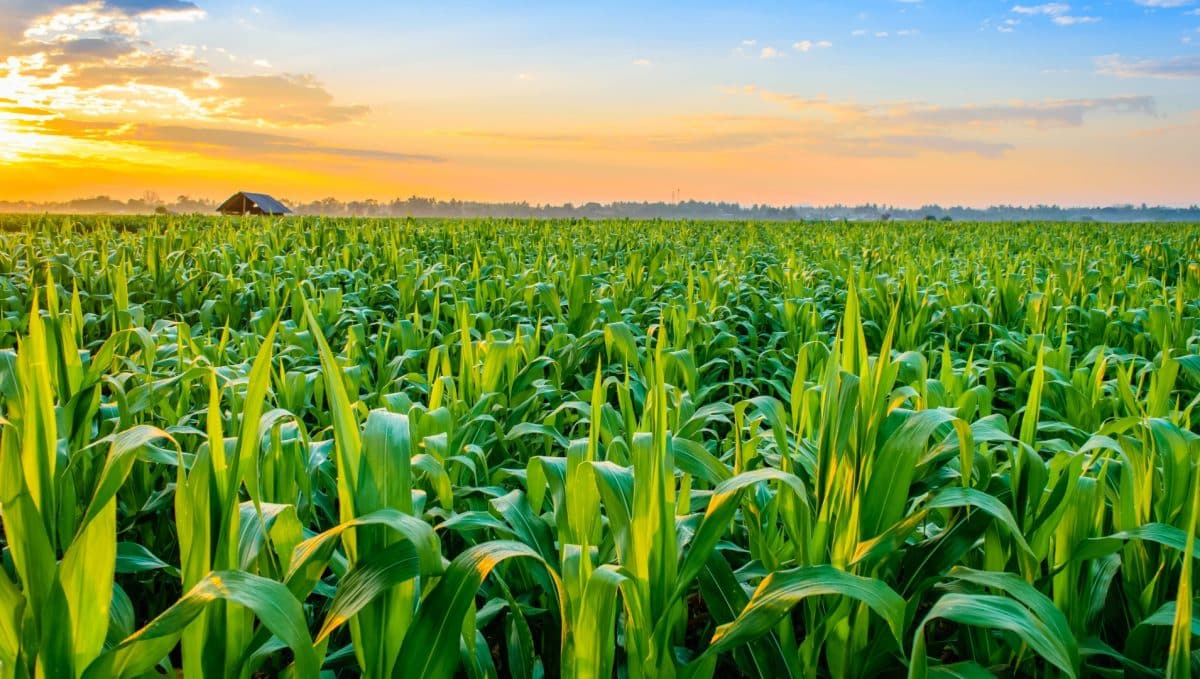
Crops: Corn for grain
4R Practices: Rate Time
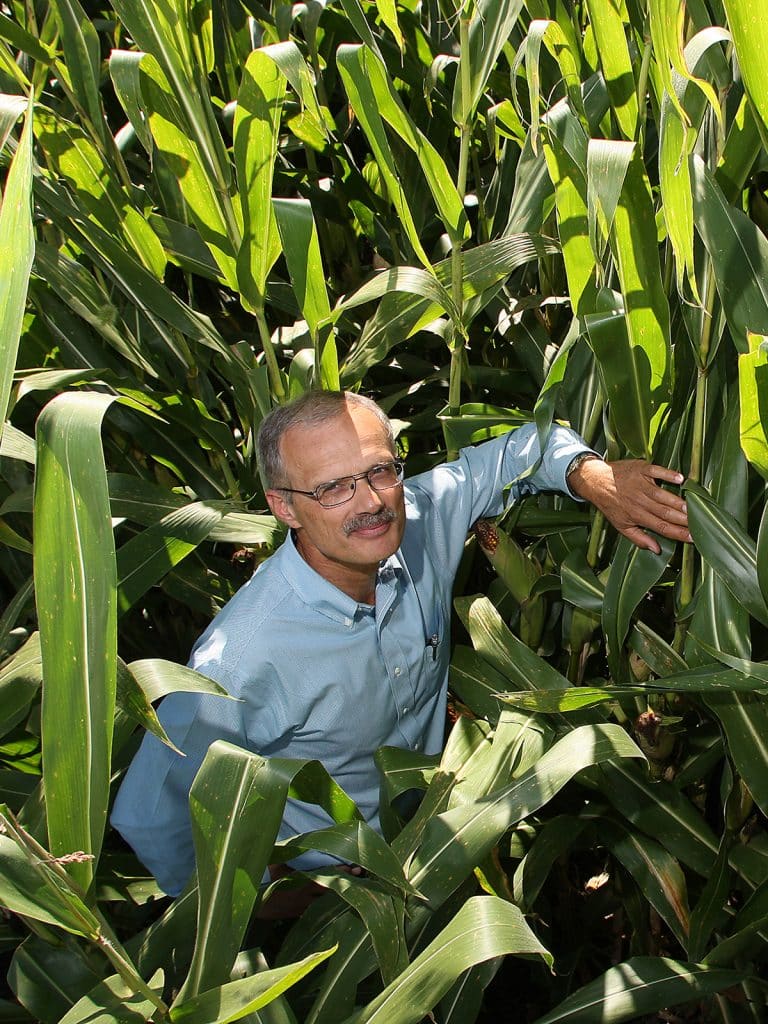
Lead Researcher:
Dr. Tony Vyn
Department of Agronomy, Henry A. Wallace Chair in Crop Sciences
Purdue University
Start Date: 2014
End Date: 2015
Despite many years of research on nitrous oxide (N2O) emission from corn experiments with various N management treatments applied, little is known about the relationships between N2O loss and plant nitrogen recovery efficiency (NRE). Our review publication (Omonode et al., 2017) provided a summary of the known relationships with existing North American data, but in most cases N2O and NRE data are seldom collected and/or reported from the same experiments. Thus, although it is commonly assumed that higher NRE following environmentally-beneficial N fertilizer management practices will lead to lower N2O emissions, too little evidence exists for this assumption across the range of corn/N management tracks. The overall aim of this project was to provide more concrete field research data to either support or reject this hypothesis. Our specific objective was to determine the relationships between seasonal N2O emissions, whole plant nitrogen (N) uptake, and NRE in rainfed corn under different tillage and nitrogen (N) fertilizer management systems.



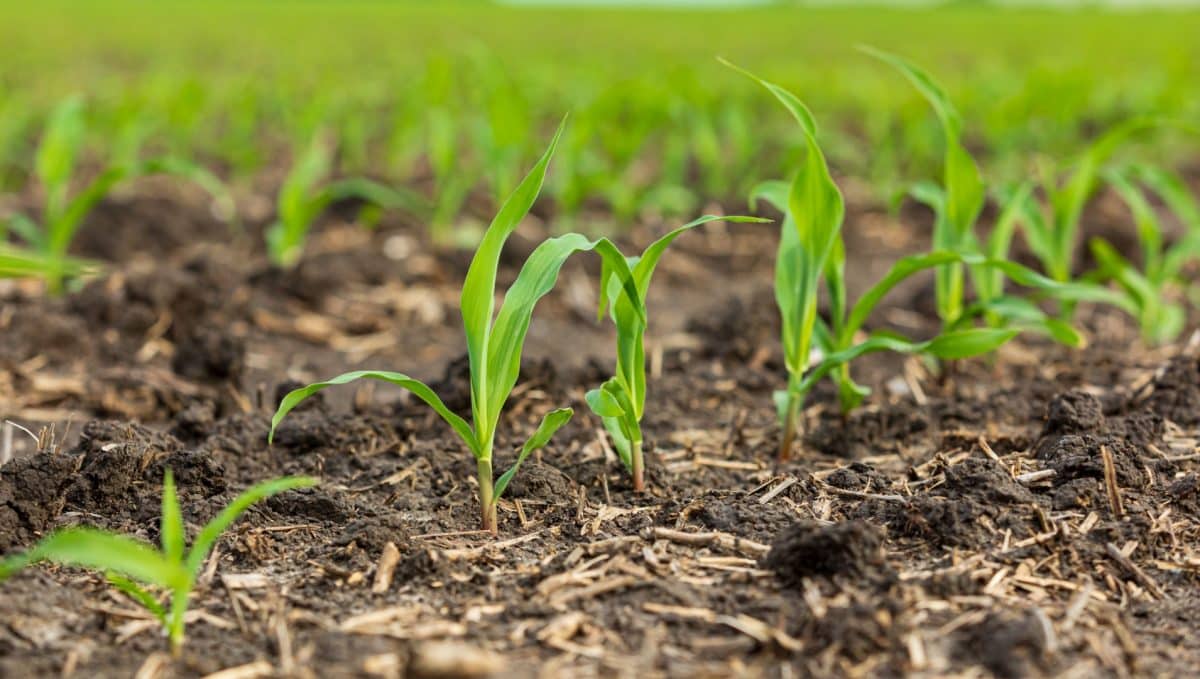
Crops: Corn for grain
4R Practices: Metadata Project

Lead Researcher:
Dr. Tony Vyn
Department of Agronomy, Henry A. Wallace Chair in Crop Sciences
Purdue University
Start Date: 2014
End Date: 2015
Nitrous oxide (N2O) emissions from corn production systems are a large societal concern because so much of the N fertilizer applied to crop production in the United States is applied to corn, and because agriculture alone accounts for the majority of N2O emissions from all sources. The IPCC (2006) has estimated that an average of approximately 1.0% of the N fertilizer applied is lost as N2O, but we know from our own studies in rain-fed corn production that estimated emissions can sometimes exceed the equivalent of 5% of the N in the N fertilizers applied.
Over the years of scientific monitoring of N2O emissions, the predominant reporting method has been to quantify episodic and/or cumulative growing season N2O emissions per unit land area. Later refereed publications included acknowledgement of the importance of reporting yield scaled N2O emissions, but not until relatively recently has there been a plea to focus on emissions within the context of actual N use efficiencies. The recent meta-analysis by Decock (2014) highlighted the low proportion of past N2O emission studies that included critical information on treatment effects on crop N export (let alone any mention of crop N uptake).
The central hypothesis of this proposal is that increased corn plant N uptake (as a fraction of the fertilizer N applied) will be associated with reduced N2O emissions on area-scaled, yield-scaled, and NRE-scaled (i.e. plant N uptake per unit of N fertilizer initially applied) methods of interpreting relative N2O emissions from different management systems for corn production.



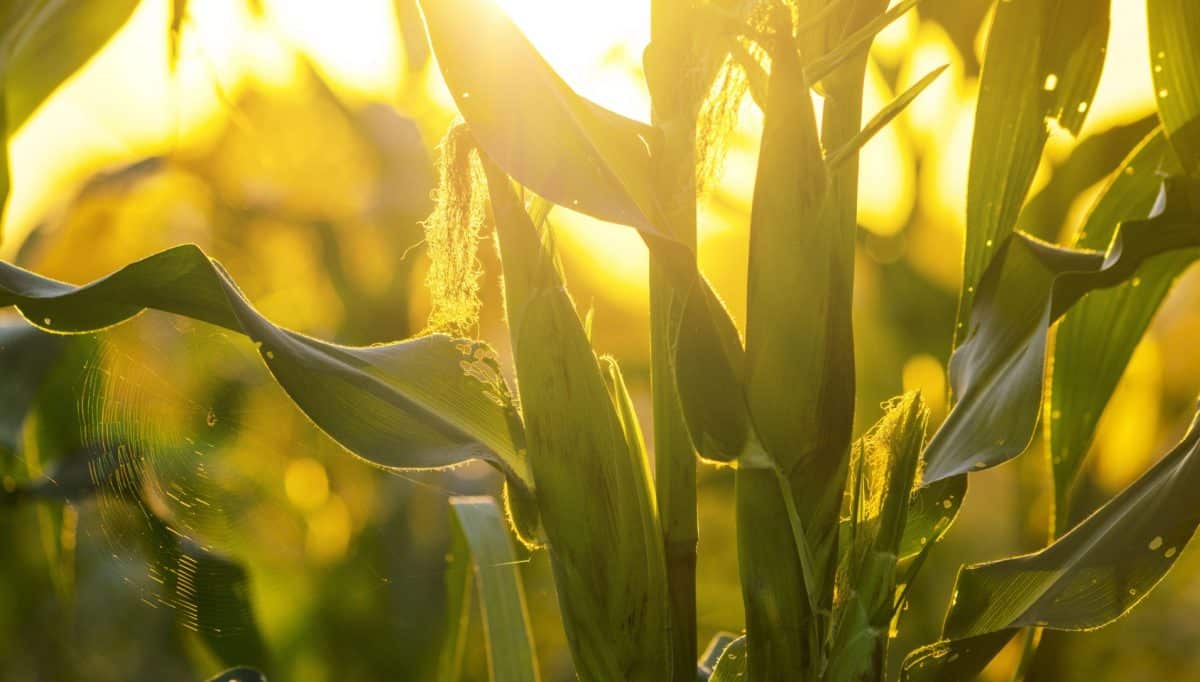
Crops: Corn for grain Corn for silage
4R Practices: Source Rate Time Place
Lead Researcher:
Dr. Matt Helmers
Professor
Iowa State University
Start Date: 2017
End Date: 2021
Currently, there is a concerted effort from industry, universities, and state and federal action agencies to promote the 4R nutrient management approach on-farm– considering the Right source, Right rate, Right time, and Right place– for managing nutrient additions from commercial fertilizer and organic materials. With its massive acreage and intensive nutrient use, corn production systems are an important focus of the 4R program. To convince farmers to adopt the 4R approach, and to ensure that production, soil health, and environmental goals are realized, there is a critical need for field research that measures responses to 4R management systems across a range of soils and agro-ecosystems within the main corn producing areas of North America. Limited research data linking agronomic and environmental performance of 4R practices across a wide variety of conditions is a critical research gap leading to high uncertainty regarding practice efficacy for both farmers and environmental program and policy decision makers. Along with production and soil health effects, full accounting of the multiple forms and pathways of nitrogen (N) and phosphorus (P) is essential to understand the environmental consequences of current and advanced best nutrient practices. A thorough accounting of the N balance could also serve as an early warning for practices that are improving or reducing soil carbon and thus soil health because soil carbon-nitrogen interactions dramatically impact soil organic matter accumulation and carbon sequestration. Further, potassium (K) nutrition of crops has attracted renewed attention, and although not of environmental concern, K requirements of crops are nearly the same as those of N, and cannot be ignored. We propose the creation of a coordinated field site network strategically distributed across the cornbelt with unique infrastructure that would collect similar agronomic and environmental measures thereby enabling for the first time knowledge synthesis across varied soils, climates, and management systems. Quantification of the impacts of 4R management on crop yield, P, K, and nitrate (NO3) losses in water, N losses to the atmosphere, and changes in soil health at the same location under a range of management practices is severely lacking. In addition, we are aware of no studies explicitly aimed at understanding the interactions between 4R management strategies and soil health.

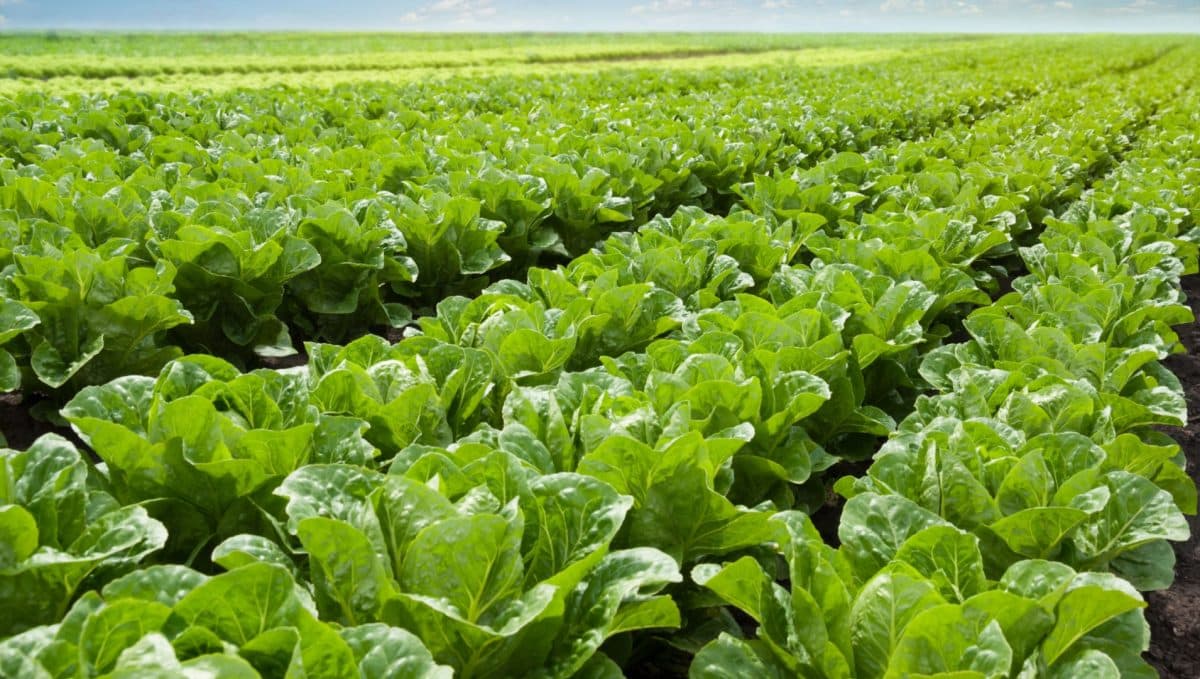
Crops: Apples Broccoli Cauliflower Celery Lettuce
4R Practices: Rate Time Place
Lead Researcher:
Dr. Charles Sanchez
Professor
University of Arizona
Start Date: 2019
End Date: 2022
Intensive vegetable production in the desert receives large annual applications of nitrogen (N) fertilizers. Soils in the southwestern United States are generally low in organic matter and amounts of N applied range from 200 to 400 kg/ha. Crop recoveries are less than 50%. There are numerous possible fates of fertilizer applied N in addition to the desired outcome of crop uptake. Over the past 15 years, researchers with the University of California and University of Arizona have developed strategies for efficient nutrient management. For N, these practices include fertilizer timing, pre-side dress plant and soil testing, and improved irrigation management. However, these guidelines have been applied to uniform management schemes in spite of the fact that fields often show considerable variation in soil properties. In-field soil textural variation is a significant factor affecting the mobility and availability of N. The prospect of variable rate (VRT) pre-plant and in-season N fertilizer application has not been evaluated in desert vegetable cropping systems. Certainly, varying N fertilizer applications by soil management zone makes sense. Further, emerging optical sensor technologies expand opportunities for in-season N management. We have evaluated VRT for pre-plant P fertilization in the desert. However, data exploring the potential for using VRT for N management is limited.
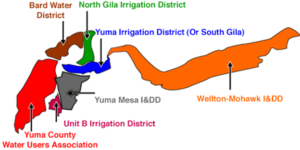
Studies conducted within Bard Water District, Yuma County Water Users Association, and Yuma Irrigation District in 2019-2020.
